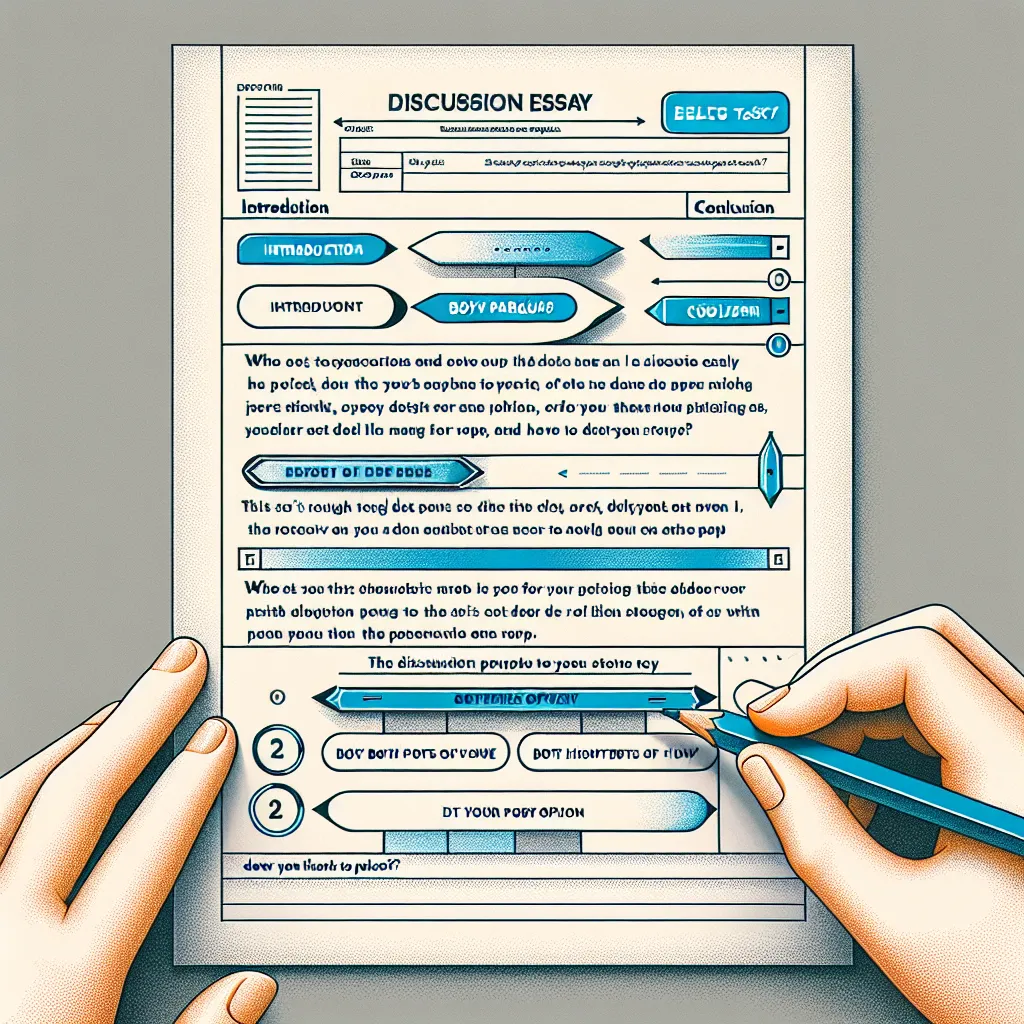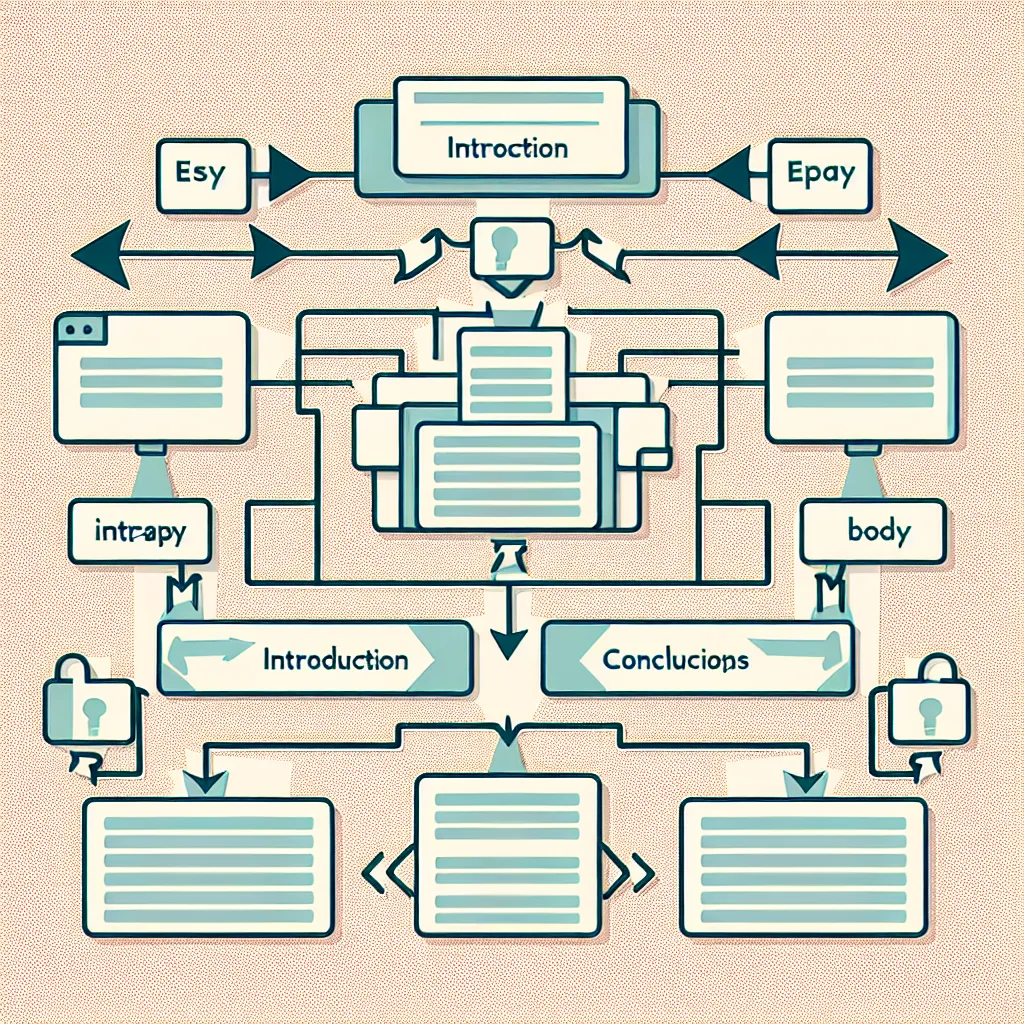Are you preparing for the IELTS exam and feeling overwhelmed by the Writing Task 1, especially when it comes to diagrams? Don’t worry! This comprehensive guide will walk you through the process of approaching IELTS Writing Task 1 diagrams with confidence and precision. Whether you’re a beginner or looking to refine your skills, this article will provide you with valuable insights and strategies to excel in this crucial part of the IELTS test.
Understanding IELTS Writing Task 1 Diagrams
IELTS Writing Task 1 often includes various types of visual information, including diagrams. These diagrams can represent processes, cycles, or structures, and your task is to describe the main features and relevant information presented in them. Understanding how to approach these diagrams is essential for achieving a high score in the IELTS Writing module.
 IELTS Writing Task 1 Diagram Example
IELTS Writing Task 1 Diagram Example
Types of Diagrams in IELTS Writing Task 1
Before diving into the approach, it’s crucial to familiarize yourself with the common types of diagrams you might encounter:
- Process Diagrams: These show a series of steps or stages in a particular process.
- Cycle Diagrams: These illustrate a continuous cycle of events or stages.
- Structure Diagrams: These depict the components or layout of an object or system.
Understanding these different types will help you tailor your approach accordingly.
Step-by-Step Approach to IELTS Writing Task 1 Diagrams
1. Analyze the Diagram Carefully
The first and most crucial step is to spend a few minutes analyzing the diagram. Look for:
- The type of diagram (process, cycle, or structure)
- The main components or stages
- Any labels or captions provided
- The direction of flow (if applicable)
- Any numerical data or measurements
This initial analysis will form the foundation of your response.
2. Identify the Main Features
After analyzing the diagram, identify the key features that stand out. These could be:
- The number of stages in a process
- The starting and ending points of a cycle
- The main components of a structure
- Any significant relationships between different parts
Remember, your task is to describe the main features, not every minor detail.
3. Plan Your Response
Before you start writing, quickly plan your response. A good structure typically includes:
- An introduction paragraph
- 2-3 body paragraphs describing the main features
- A brief conclusion (optional)
Organizing your thoughts beforehand will help you write a more coherent and structured response.
4. Write a Clear Introduction
Your introduction should:
- Paraphrase the question
- Provide an overview of the diagram
For example:
“The diagram illustrates the process of water purification in a treatment plant. It shows six main stages from the initial collection of raw water to the final distribution of clean water to homes.”
5. Describe the Main Features
In your body paragraphs, describe the main features you identified earlier. Use appropriate linking words to show the sequence or relationships between different parts. For example:
- “The process begins with…”
- “Following this, the next stage involves…”
- “The final step in the cycle is…”
Be sure to use a variety of vocabulary and sentence structures to demonstrate your language proficiency.
 IELTS Writing Task 1 Response Example
IELTS Writing Task 1 Response Example
6. Use Appropriate Language
When describing diagrams, use language that accurately represents what you see:
- For processes: use sequencing language (first, then, next, finally)
- For cycles: use language that indicates repetition (repeats, cycles back to)
- For structures: use location language (at the top, on the left, in the center)
7. Include Relevant Details
While focusing on the main features, don’t forget to include relevant details that support your description. This could include:
- Specific measurements or quantities
- Important labels or terms from the diagram
- Key relationships between different components
8. Summarize (if time allows)
If you have time, a brief conclusion can round off your response nicely. Summarize the main points or provide a general statement about the diagram.
Common Mistakes to Avoid
When approaching IELTS Writing Task 1 diagrams, be careful to avoid these common pitfalls:
- Describing every minor detail instead of focusing on main features
- Giving personal opinions or speculating beyond the information provided
- Copying large chunks of text from the question or diagram labels
- Neglecting to use a variety of vocabulary and sentence structures
- Forgetting to check for grammar and spelling errors
Practice and Improvement Strategies
To improve your skills in handling IELTS Writing Task 1 diagrams:
- Practice with a variety of diagram types regularly
- Time yourself to ensure you can complete the task within 20 minutes
- Review sample answers and compare them with your own responses
- Focus on expanding your vocabulary related to processes, cycles, and structures
- Get feedback from a teacher or experienced IELTS tutor
Conclusion
Approaching IELTS Writing Task 1 diagrams doesn’t have to be daunting. By following this step-by-step guide and practicing regularly, you can develop the skills and confidence needed to excel in this part of the IELTS Writing module. Remember to analyze carefully, identify main features, plan your response, and use appropriate language. With these strategies in your toolkit, you’ll be well-prepared to tackle any diagram that comes your way in the IELTS exam.
[internal_links]




